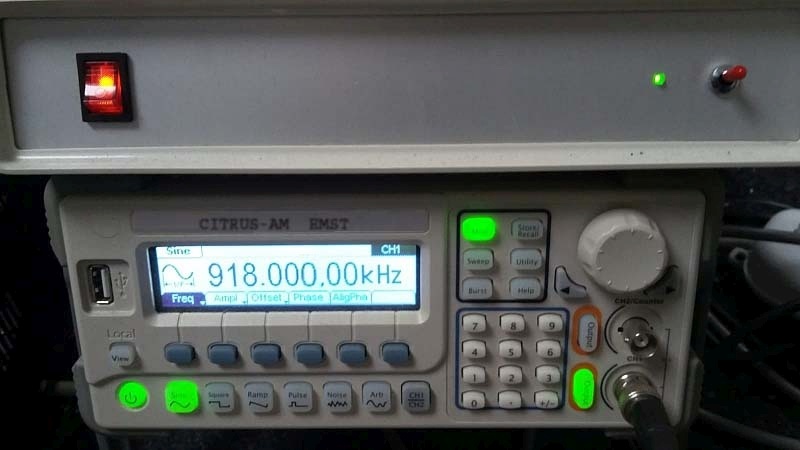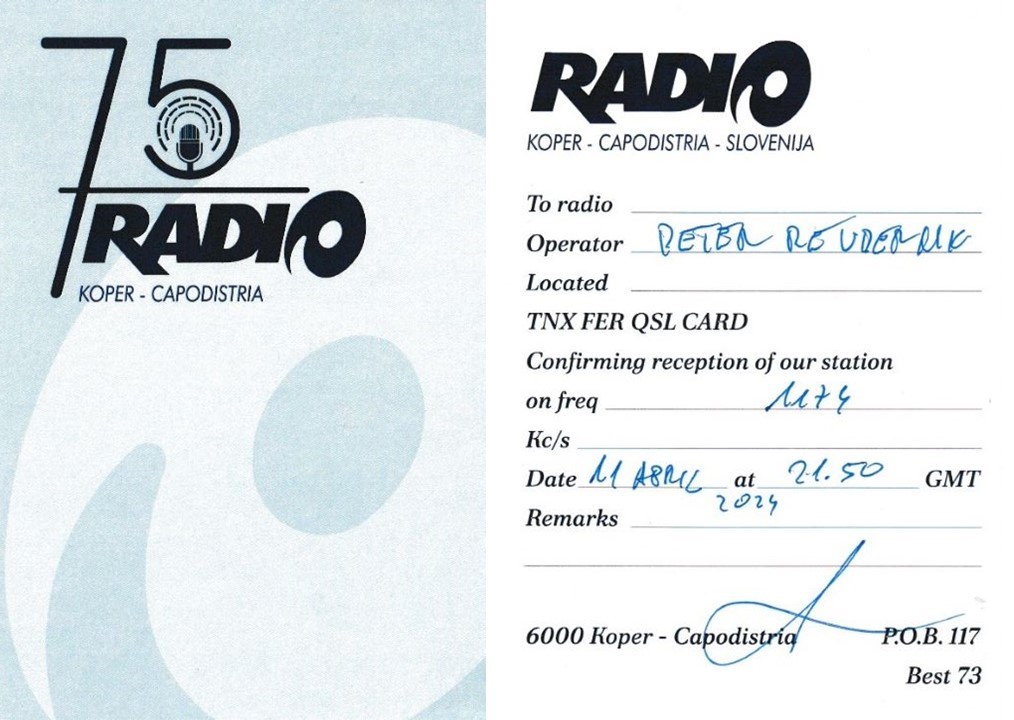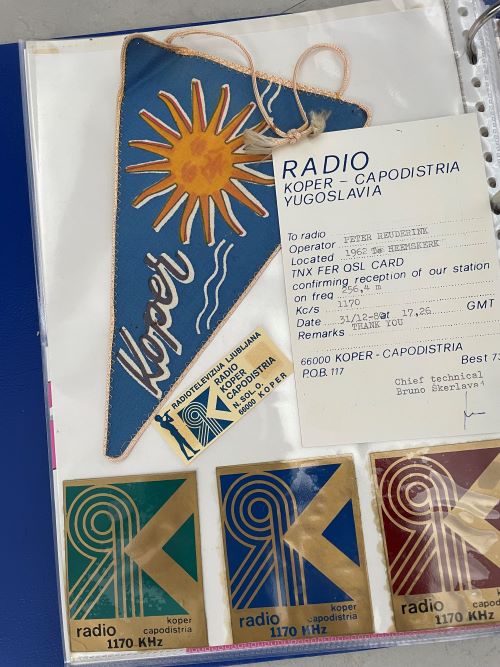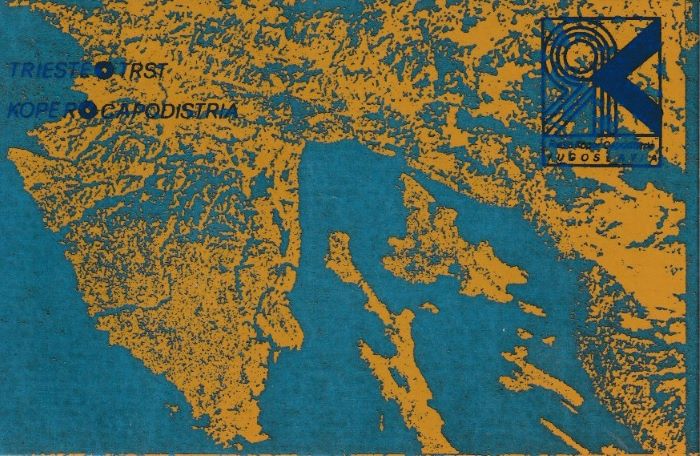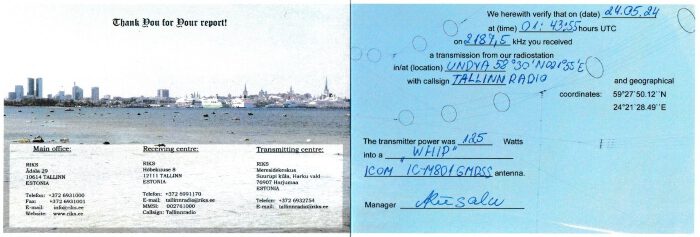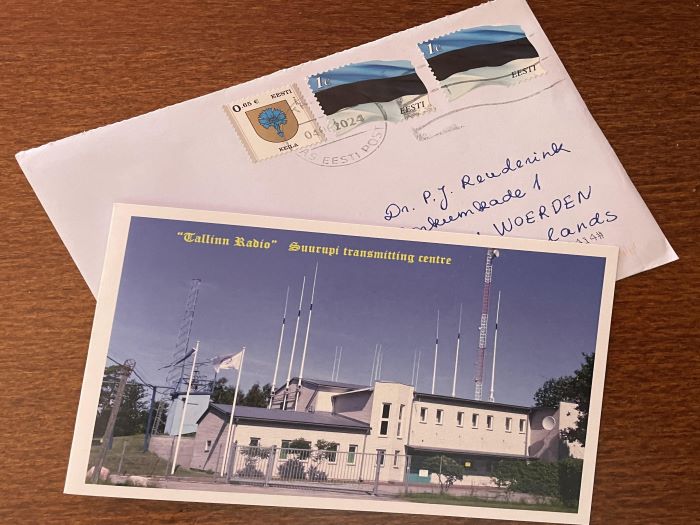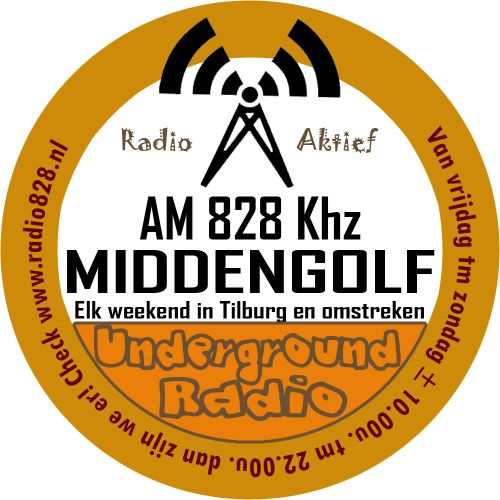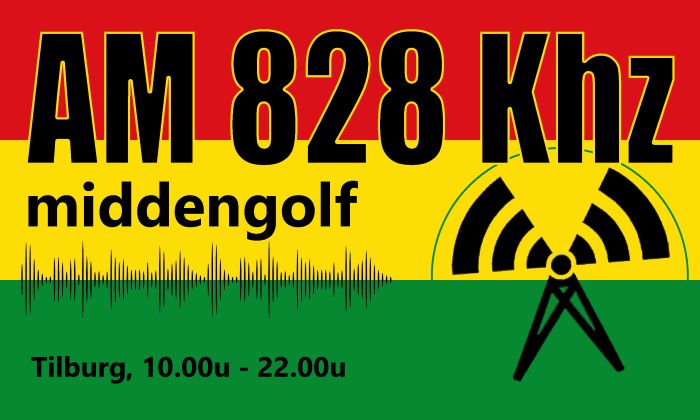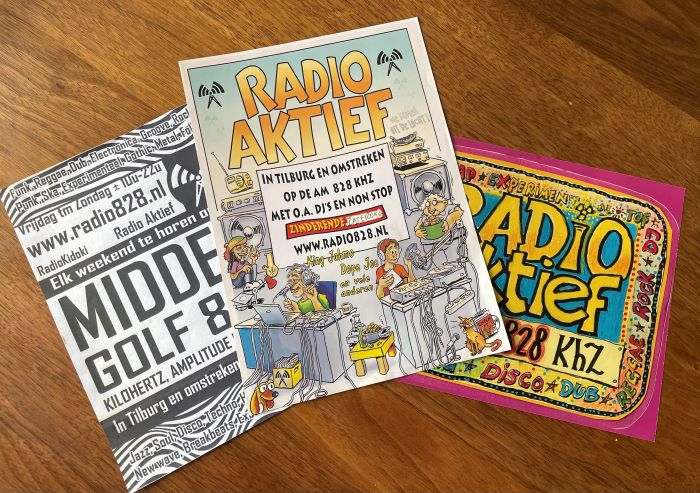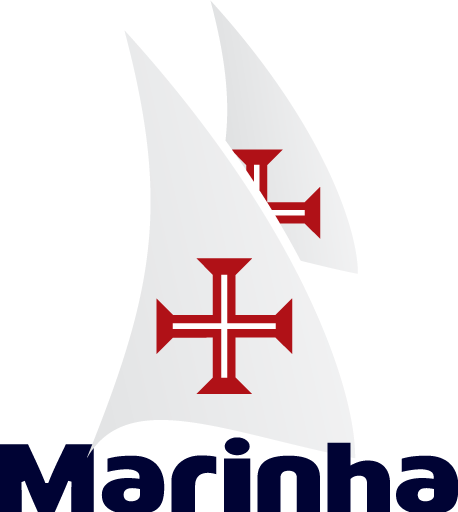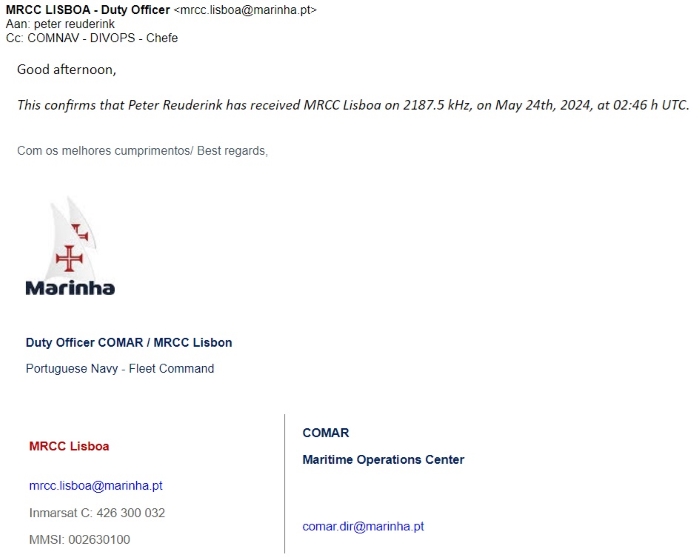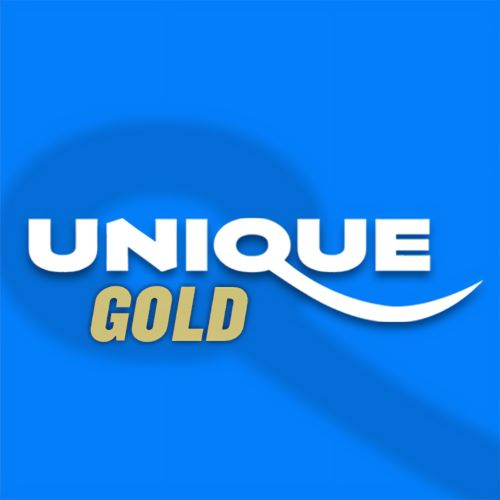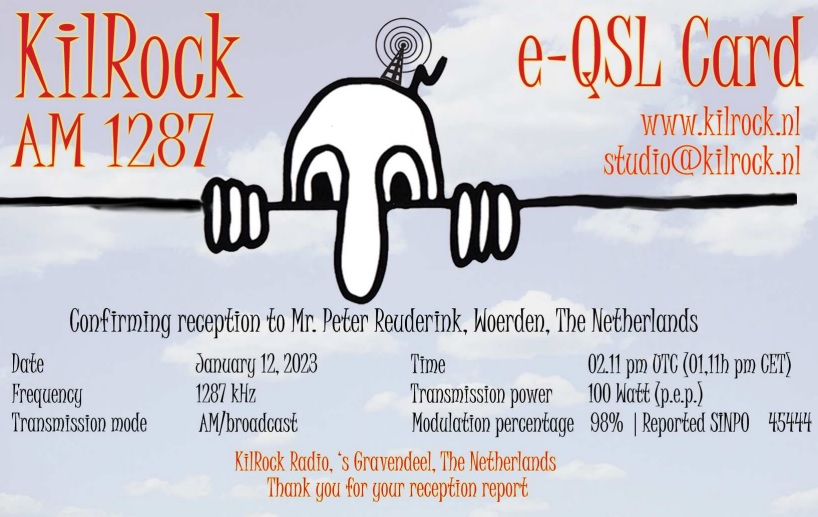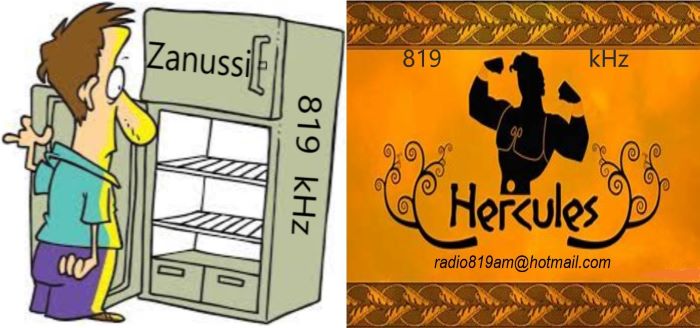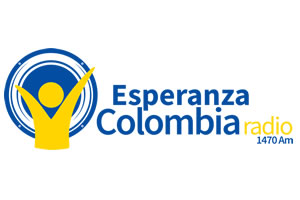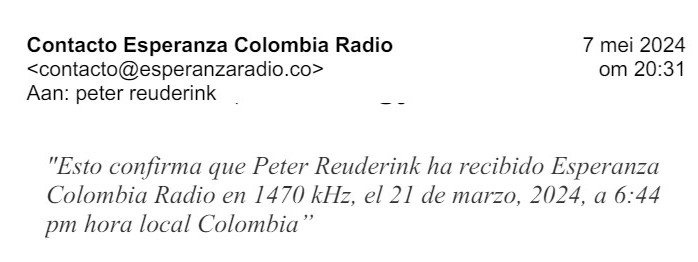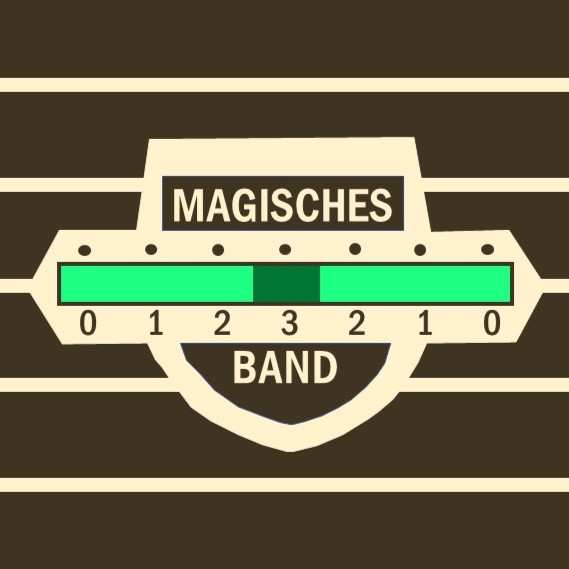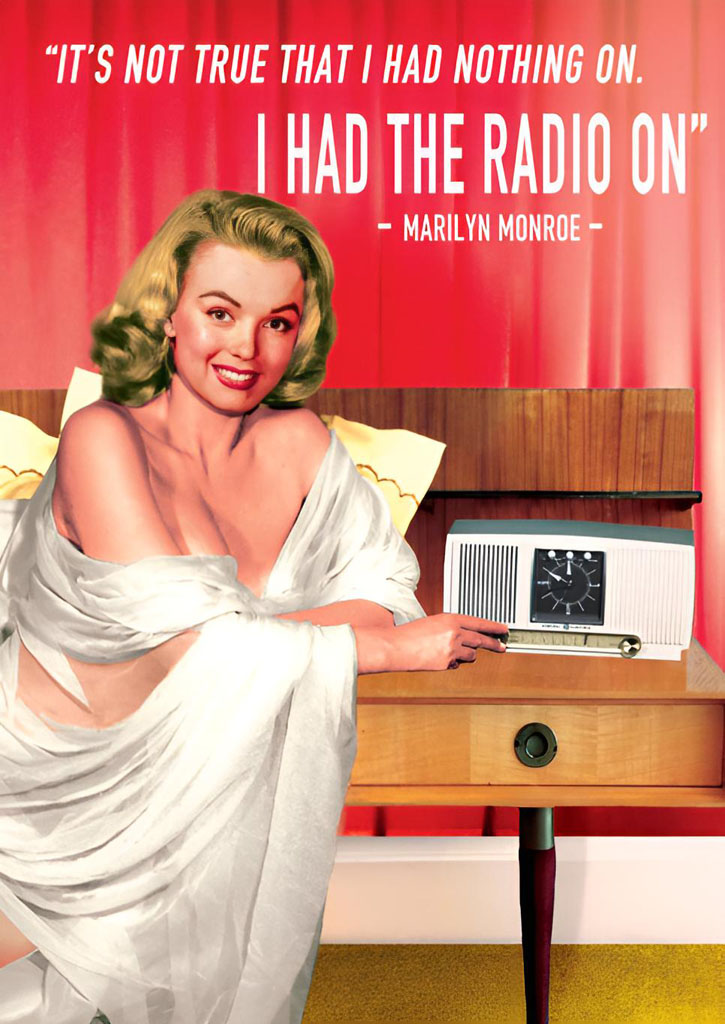
Citrus AM on 918 kHz is, if only because of the name, a station I wanted to receive. But it is virtually impossible to receive this station at my QTH. Initially Monique 918 AM dominated the frequency, and when they left the frequency Sitara from nearby Houten ramped up their power.
When we spent some time at Luttenberg for a dog event, I was able to listen to this station. I sent my report to info@citrus-am.nl. Four months later I received this beautiful QSL… Bear in mind, Citrus AM is a hobby station, so I don’t blame them for taking some time.

The Netherlands is a pretty flat country. But there are still factors that influence propagation. I already noticed that LPAM stations in the central part of the Netherlands where three big rivers and polders set the scenery are received very well. But between Emst (the QTH of Citrus AM) only 80 kms away and my location the Veluwe, a sandy ridge 80 meters high, is pretty effective in blocking local AM signals.
Citrus AM is truly a hobby broadcaster. Currently they are operating from a – as Erik from Citrus AM describes – fairly simple AM frequency generator with amplifier. Their provisional antenna is relatively short and will be replaced in future.
